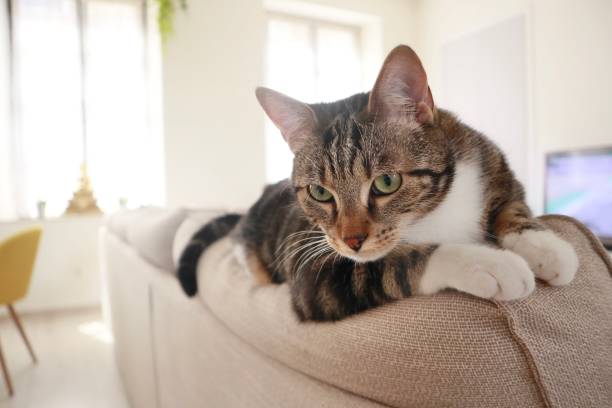Cat Litter Recycling: Myths and Realities
Wiki Article

Selecting the perfect cat litter for your feline friend can be a challenging task offered the myriad of choices offered on the market. This thorough guide will explore the different kinds of cat litter, their advantages, disadvantages, and whatever in between to assist you make an informed choice.
The material of the cat litter plays a crucial function in its effectiveness. Typical products include clay, silica gel, recycled paper, wood, corn, wheat, and walnut shells. Each product offers unique advantages and possible disadvantages.
Clay-based litters are the most traditional and commonly used due to their high absorbency and clumping capabilities, which make clean-up easier. Nevertheless, they can be dusty and might not be the best alternative for cats or human beings with respiratory concerns. Silica gel crystals are highly absorbent, control smells effectively, and are low upkeep since they do not need to be altered as frequently. However, they can be more expensive and some felines may not like the texture. Eco-friendly litters, made from recycled paper, wood, corn, wheat, and walnut shells, are eco-friendly alternatives. They are generally dust-free and helpful for felines with allergies, however their odor control and clumping capabilities differ widely.
The option in between clumping and non-clumping litter is substantial. Clumping litter forms solid masses when wet, making it simple to dig urine and feces, thus keeping a Tofu Cat Litter clean litter box. Non-clumping litter takes in wetness but does not form clumps, which may cause more regular changes of the entire litter box.
Smell control is a leading priority for a lot of feline owners. Litters are often infused with baking soda or charcoal to reduce the effects of smells. Maintaining a fresh litter box likewise needs regular scooping, ideally twice a day, and following the maker's standards for changing the litter and cleaning the box.
The health of your feline and the ecological effect of the litter are also essential elements. Dust-free or low-dust alternatives are better for respiratory health. Naturally degradable litters provide an environment-friendly alternative to clay, which is strip-mined and not renewable. In addition, it's vital to be knowledgeable about any allergies your cat may have to specific products.
Expense is a necessary consideration, as the price of cat litter can vary considerably. While silica gel and some naturally degradable litters might be more costly in advance, their durability can use cost savings in the long run. Alternatively, clay litter is typically more affordable however needs more regular replacement.
Eventually, the finest cat litter is one that suits both your and your feline's choices and requirements. It might take some experimentation to discover the best match. Take notice of your feline's habits and convenience, in addition to the litter's efficiency in terms of odor control, absorbency, and maintenance.
Choosing the best cat litter box furniture cat litter contributes considerably to your cat's health, happiness, and the cleanliness of your home. By considering the product, clumping capability, smell control, health effects, environmental impacts, and cost, you can make an informed choice that benefits both you and your furry buddy. Keep in mind, what works finest cat litter box with lid for one cat may not suit another, so be willing to experiment until you discover the perfect service.